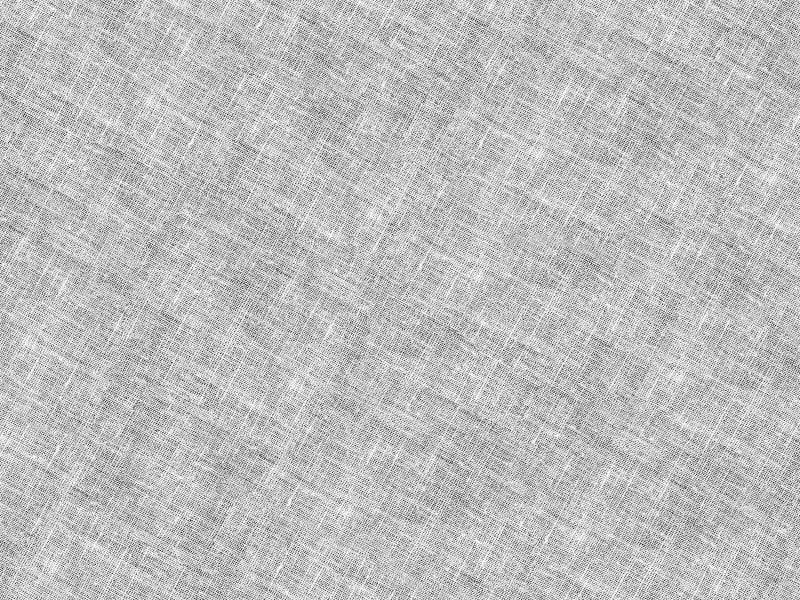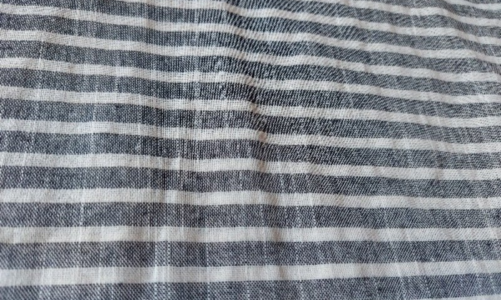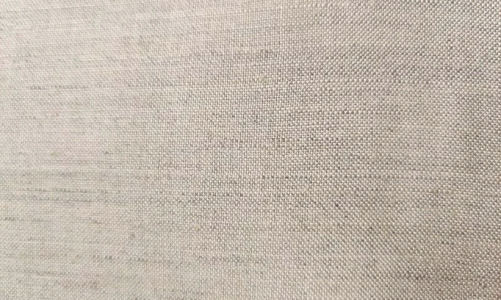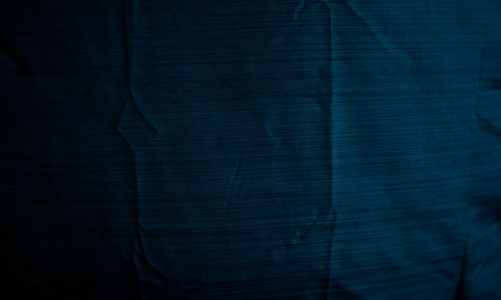Fabric, a versatile and fascinating material, has been an integral part of human civilization for thousands of years. From the simple homespun cloth of ancient civilizations to the intricate weaves of modern textiles, fabric has evolved to become an essential element in our daily lives. In this article, we explore the unique qualities of fabric that make it such a remarkable substance.
At its core, fabric is made up of fibers, which can be natural or synthetic. Natural fibers, such as cotton, linen, silk, and wool, have been used since ancient times. These fibers possess remarkable properties that have made them prized for centuries. Cotton, for example, is lightweight, breathable, and soft, making it ideal for clothing. Silk, on the other hand, is known for its luxurious feel and natural sheen. Wool provides excellent insulation, making it a popular choice for winter garments.
In recent times, synthetic fibers have revolutionized the textile industry. Materials like polyester, nylon, and acrylic are durable, resistant to wrinkles, and can be easily woven into various fabrics. Synthetic fibers also offer advantages such as moisture-wicking properties, making them suitable for sportswear and outdoor gear. Additionally, they can be engineered to possess specific characteristics, such as flame resistance or UV protection, enhancing the functionality of fabrics.
Beyond the fibers themselves, the weaving techniques used to create fabric are equally remarkable. From plain weaves to twills and satins, different weaving patterns result in fabrics with distinct textures and appearances. Jacquard weaving, a method that allows for intricate patterns and designs, has been used to create stunning tapestries and brocades throughout history. Today, computer-controlled looms enable the production of highly complex patterns with incredible precision and speed.
Another aspect that sets fabric apart is the vast array of finishes and treatments that can be applied to enhance its performance and aesthetics. Fabric can be treated to be water-repellent, stain-resistant, or even antibacterial. This opens up a wide range of applications, from upholstery and home furnishings to medical textiles and outdoor gear. Additionally, dyes and printing techniques allow for an endless palette of colors and designs, enabling fabric to be a powerful medium for artistic expression.

Furthermore, fabric plays a significant role in sustainable fashion and environmental consciousness. The fashion industry is increasingly embracing eco-friendly materials and manufacturing processes. Organic cotton, for instance, is grown without the use of harmful chemicals, reducing environmental impact. Recycled polyester, made from plastic bottles and other post-consumer waste, is gaining popularity as a sustainable alternative to traditional synthetic fibers. These innovations are paving the way for a more responsible and environmentally conscious approach to fabric production.
Fabric also has cultural and historical significance. Traditional textiles, such as the intricate ikat weavings of Southeast Asia or the vibrant Kente cloth of West Africa, reflect the rich heritage and craftsmanship of different cultures. Textiles have long been used to convey social status, religious beliefs, and cultural identity, with patterns and motifs often holding deep symbolic meaning.
In conclusion, fabric is a truly remarkable material that combines functionality, aesthetics, and cultural significance. From the ancient techniques of spinning and weaving to the cutting-edge innovations in fiber technology and sustainable manufacturing, fabric continues to captivate us with its endless possibilities. Whether it’s the soft touch of a luxurious silk garment or the durability of a high-performance outdoor fabric, fabric has become an indispensable part of our lives, connecting us to our past while propelling us into the future.




